
How to Measure Bike Wheel Size – Step-by-Step Guide for All Bikes
Knowing your bike wheel size is essential for a safe, smooth, and comfortable ride. Whether you’re replacing tyres, upgrading wheels, or converting a regular bike into an electric bike, accurate measurements ensure the perfect fit and optimal performance. If you’re wondering how to measure bike wheel size for bikes or e-bikes, this step-by-step guide will show you exactly how to do it.
How to Measure Bike Wheel Size
Knowing your bike wheel size is essential for selecting compatible tyres, upgrading wheels, or converting a bike to an e-bike. There are two main methods to measure wheel size accurately: the Standard Method and the ISO Method. Both ensure precise measurements of wheel diameter, rim width, and tyre bead for optimal bike performance.
Standard Method (Quick & Easy)
The Standard Method is a simple and reliable way to measure your bike wheel size accurately. Start by placing your bike upright on a kickstand or leaning it against a wall for stability. Using a metal tape measure or calipers, measure the radius of the wheel from the ground (bottom of the tyre) to the centre of the hub. Multiply this number by two to calculate the full wheel diameter, which is key for tyre compatibility and safe riding.
Next, measure the tyre width across the top, from one sidewall to the other. Record your measurements in the format “diameter × width” (for example, 27.5″ × 2.10″). If your measurement falls between standard sizes, round to the nearest half-inch for easier tyre selection.
Helpful Tips:
-
Measure tyres when fully inflated to get accurate results.
-
Use a straight edge or ruler across the rim if the tape measure bends over the tyre.
-
Double-check both wheels, as front and rear sizes may differ slightly.
This method works for all types of bikes, including road bikes, mountain bikes, hybrid bikes, folding bikes, and electric bikes, ensuring that replacement tyres, rims, or e-bike upgrades fit perfectly. Using the Standard Method guarantees correct wheel sizing, improving bike performance, handling, and rider safety.
ISO Method (International Standard)
The ISO Method provides a precise and standardized way to measure bike wheels. Developed by the International Organization for Standardization (ISO), this method focuses on the tyre bead seat diameter (BSD) and tyre width in millimetres. Using ISO measurements ensures wheel compatibility, prevents misfitting tyres, and is especially important for e-bike conversions, mountain bikes, and hybrid bikes.
To measure with the ISO Method:
-
Check the rim or tyre sidewall for any size markings.
-
If markings are missing, use an ISO wheel size chart to cross-reference your measurements. This guarantees accurate sizing across different bike types.
Common ISO Wheel Sizes and Applications:
|
ISO Bead Seat Diameter (mm) |
Inch Equivalent |
Traditional Sizing |
Typical Applications |
|
305 mm |
12″ |
16 x 1.75 – 16 x 2.125 |
Folding bikes |
|
406 mm |
16″ |
20 x 1.5 – 20 x 2.125 |
BMX bikes, children’s bikes, folding bikes |
|
507 mm |
20″ |
24 x 1.5 – 24 x 2.125 |
Children’s mountain bikes, youth bikes |
|
559 mm |
22″ |
None |
Standard mountain bikes, adult bikes with smaller wheels |
|
571 mm |
22.5″ |
26 x 1, 26 x 1 ¾, 650 C |
26″ bikes with smaller frames, short-travel mountain bikes |
|
584 mm |
23″ |
26 x 1 1/2, 27.5, 650b |
27.5″ mountain bikes, tandem bikes, touring bikes, fat tyre bikes |
|
622 mm |
24.5″ |
28 x 1 ⅝ x 1 ½, 29 inch, 28 x 1 ½ F.13, 700c |
Road bikes, 29″ mountain bikes, hybrid bikes, all-terrain bikes |
Using the ISO Method is a professional and reliable approach for all cyclists, from casual riders to serious enthusiasts. By recording ISO measurements, you can confidently select tyres and wheels that deliver maximum performance and long-lasting durability.
Measuring Without a Tape Measure
Even without a tape measure, you can accurately determine your bike wheel size by checking the tyre sidewall markings and the rim’s bead seat diameter (BSD). Most tyres display their diameter and width, while the rim often shows the ISO measurement in millimetres. Reading these markings ensures that replacement tyres or rims fit correctly, which is crucial for bike safety, performance, and handling.
For example:
-
26 × 1.95 → This indicates a 26-inch diameter and a 1.95-inch width.
-
50 × 559 mm → This indicates a 559 mm bead seat diameter and a 50 mm width.
These measurements allow you to quickly verify wheel size without tools, making it easier to select compatible tyres, plan wheel upgrades, or prepare for e-bike conversions.
To make the process even easier, here’s a reference for common wheel sizes and typical tyre widths:
|
Wheel Size |
Typical Tyre Width |
Bike Type |
|
29 inches |
2.2 – 3 inches |
Mountain |
|
700c (622 mm) |
23 – 45 mm |
Road |
|
27.5 inches |
2.1 – 3 inches |
Mountain |
|
27.5 inches |
3.7 – 5 inches |
Fat Tyre |
|
26 inches |
1.6 – 3 inches |
Mountain |
|
26 inches |
3.7 – 5 inches |
Fat Tyre |
|
20 inches |
1.6 – 3 inches |
Folding / BMX |
|
20 inches |
3.7 – 5 inches |
Fat Tyre |
For bikes with fat tyres, ensure the rim is wide enough to accommodate the tyre—typically around 4 inches. You can measure rim width by standing the wheel upright and measuring from one rim lip to the other.
By using tyre sidewall and rim markings alongside these reference ranges, cyclists can accurately determine wheel size, avoid ordering the wrong parts, and ensure their mountain bike, road bike, hybrid, or e-bike performs safely and efficiently.
Common Bike Wheel Types and Sizes
Road Bikes
Road bike wheels are typically 700c (622 mm) with narrow tyres ranging from 23mm to 45mm. These wheels are engineered for speed, efficiency, and precise handling on paved surfaces. The narrow profile minimizes rolling resistance, enhancing acceleration and endurance performance. Road bike wheels are compatible with clincher, tubular, and tubeless tyres, allowing cyclists to tailor their setup for racing, long-distance rides, or daily commuting. Proper sizing is crucial for maintaining wheel compatibility, tyre fit, and overall bike performance, particularly when upgrading or replacing tyres.
Mountain Bikes (MTB)
Mountain bike wheels generally come in 26″, 27.5″ (650b), and 29″ diameters. Wider tyres, typically 1.6–3″, provide enhanced traction, stability, and shock absorption on rugged trails and uneven terrain. Many MTB wheels are compatible with tubeless tyre setups, offering reduced pinch flats and improved rolling efficiency. Selecting the correct wheel size directly impacts handling, climbing ability, and overall ride comfort on technical trails. E-bike MTB conversions require careful attention to wheel diameter and tyre width to handle additional weight and torque.
Hybrid Bikes
Hybrid wheels combine the durability of MTB wheels with the efficiency of road bike wheels. Tyre widths usually range from 28–38mm, offering a versatile balance between comfort, control, and speed across city streets, bike paths, and light off-road terrain. Hybrid bikes are ideal for commuters and recreational riders who require reliable performance on mixed surfaces. Accurate measurement of wheel diameter and rim width ensures proper tyre fit, prevents wear, and maintains bike performance over time.
Folding and BMX Bikes
Folding and BMX bikes typically feature 16″ or 20″ wheels, designed for agility, compactness, and maneuverability. Folding bike wheels need precise sizing for storage efficiency and safety, while BMX wheels are built to withstand stunts and short, high-impact rides. Despite their smaller size, proper tyre and rim measurements are critical to avoid misalignment, tyre rubbing, or compromised ride quality.
Tips for Accurate Bike Wheel Measurements
Accurate measurements are key to ensuring wheel compatibility, optimal bike performance, and safe handling. Follow these tips for precise results:
-
Measure When Tyres Are Fully Inflated: Tyres compress when not inflated, which can affect both diameter and width measurements. Always check your wheels at the recommended pressure for accurate sizing.
-
Use Precise Tools: For the most reliable results, use calipers or a high-quality metal tape measure. These tools provide more accurate measurements of rim width, wheel diameter, and tyre bead seat than a ruler or flexible tape.
-
Cross-Reference Standard and ISO Measurements: Comparing imperial (inches) and metric (ISO) sizes helps ensure your replacement tyres or rims will fit correctly. This is especially important for e-bike conversions, mountain bikes, and road bikes with specific tyre requirements.
-
Consider Tyre Width Differences: Mountain bikes generally use wider tyres than road bikes, which affects rim compatibility. Make sure your rim width matches the tyre width to prevent rubbing, poor handling, or reduced performance.
By following these tips, cyclists can measure wheel size accurately, avoid ordering the wrong parts, and ensure their road, mountain, hybrid, or e-bike wheels provide the best performance, safety, and ride quality.
Quick Reference: Common Bike Wheel Sizes
Use this table to quickly identify typical wheel diameters and tyre widths for different bike types. It’s a handy reference for replacement tyres, wheel upgrades, and e-bike conversions:
|
Bike Type |
Wheel Diameter |
Tyre Width |
Notes |
|
Mountain |
26″ |
1.6–3″ |
Standard MTB wheels |
|
Mountain |
27.5″ (650b) |
2.1–3″ |
Balanced traction and handling |
|
Mountain |
29″ |
2.2–3″ |
Cross-country and trail bikes |
|
Road |
700c (622 mm) |
23–45 mm |
Most road bikes |
|
Folding / BMX |
16–20″ |
1.5–2.5″ |
Compact bikes |
|
Hybrid |
700c or 28″ |
28–38 mm |
Versatile, multi-terrain riding |
This table helps cyclists quickly verify tyre and wheel compatibility, whether upgrading a mountain bike, road bike, hybrid, or e-bike, and ensures proper fit for safety and optimal performance.
Conclusion
Knowing your bike wheel size is key for tyre fit, safety, and performance. Using ISO measurements makes replacements easy, and isinwheel electric bikes feature standardised wheel sizes for simple maintenance and upgrades. By following these steps on how to measure bike wheel size, you’ll ensure a perfect fit and smooth, efficient rides.
FAQs
How do I know my bike wheel size?
Check the tyre sidewall for markings that indicate diameter and width, or measure the wheel from rim edge to rim edge to determine the bead seat diameter. This ensures you choose tyres and rims that fit perfectly.
How is a 26 inch bike wheel measured?
A 26-inch bike wheel is measured across the outer edges of the tyre, not just the rim, to account for the full rolling diameter.
How to measure kids' bicycle wheel size?
To measure a child’s bike wheel size, check the tyre sidewall for markings such as 12", 16", or 20", which indicate the wheel diameter. You can also measure the rim directly from edge to edge, excluding the tyre. Additionally, using your child’s height and inseam, you can determine the correct wheel size range from a sizing chart, as children’s bikes are primarily sized by wheel diameter rather than frame size.
What size are 27.5 wheels?
27.5-inch wheels, also known as 650b, have a rim diameter of 584 mm and are popular on mountain bikes for providing a balance of speed, control, and traction.
The Latest Posts
Explore isinwheel products
City E Scooter | Off-Road Scooter
Fastest Scooter | Kids Scooters




















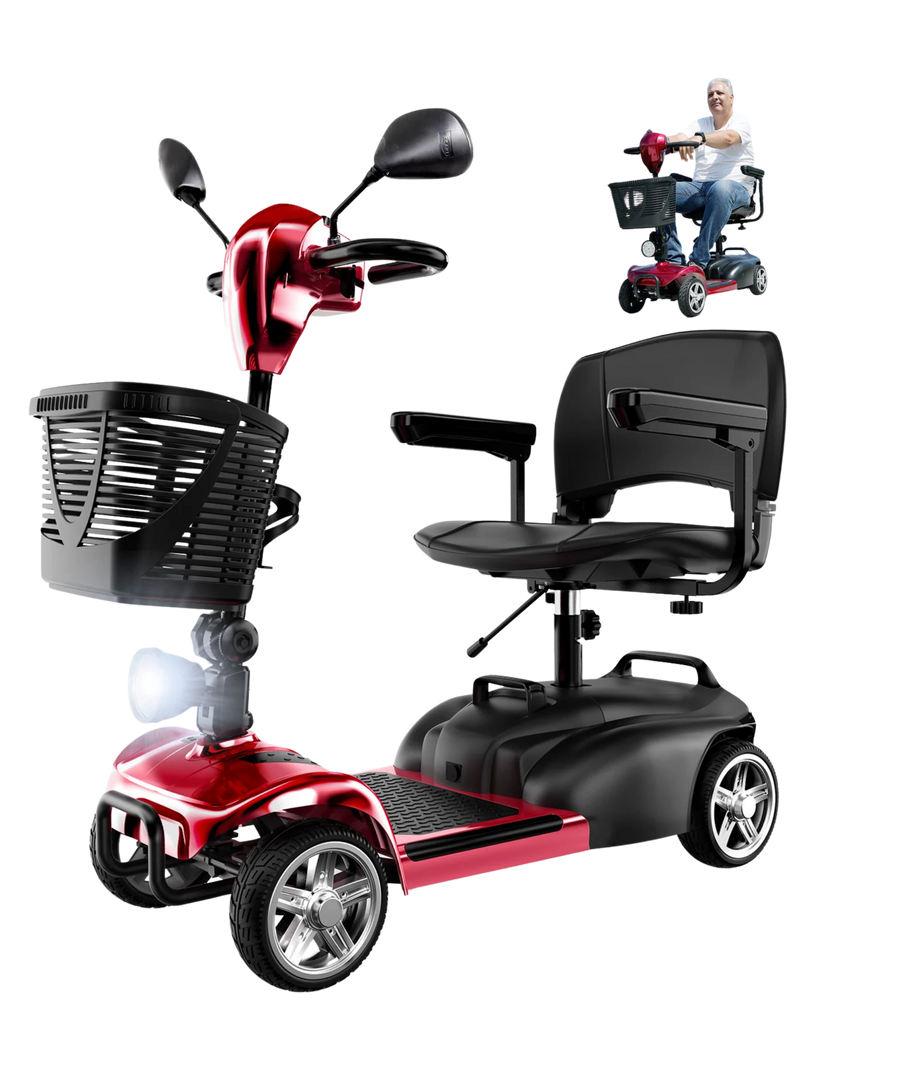
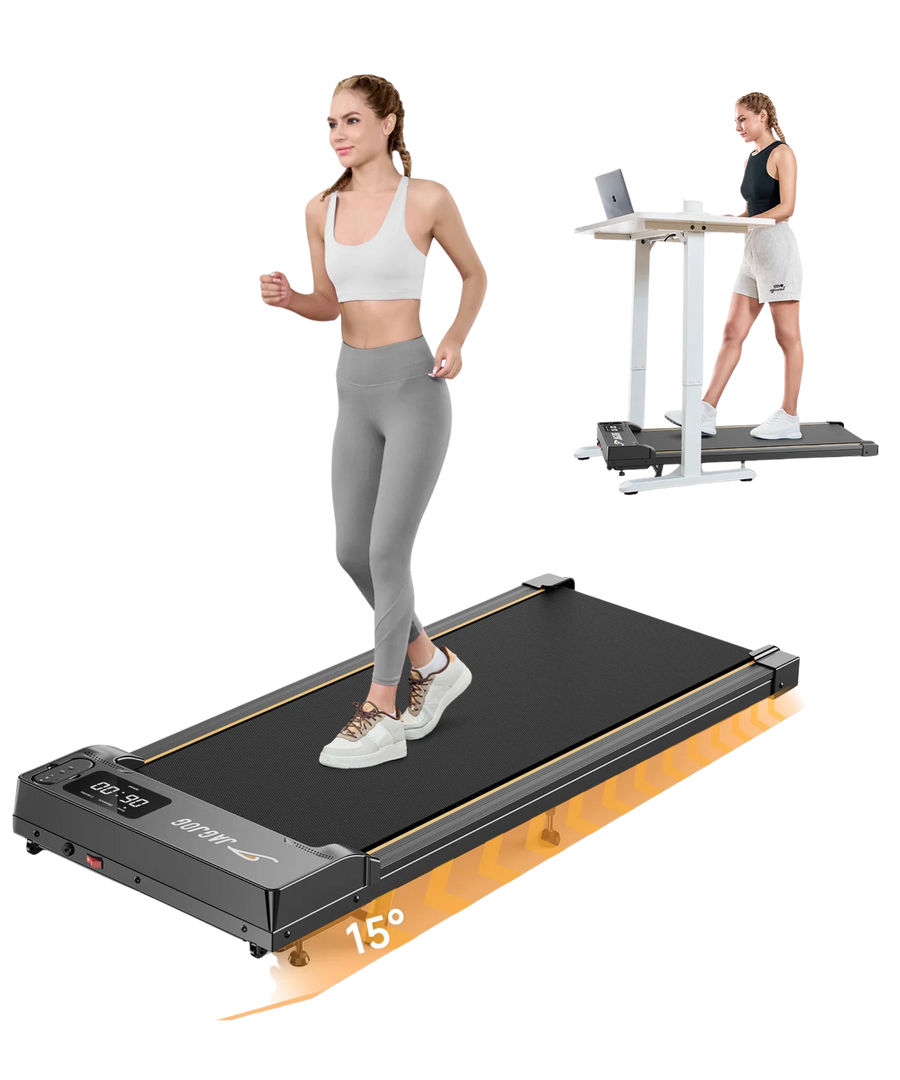


























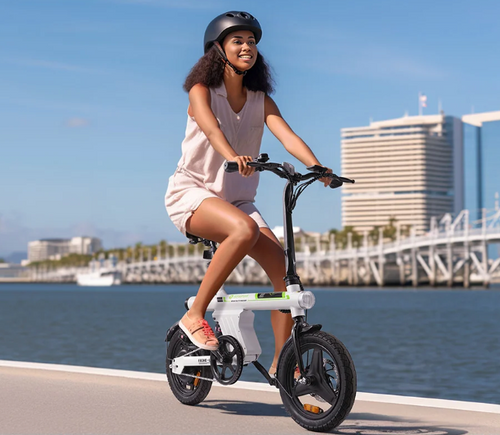






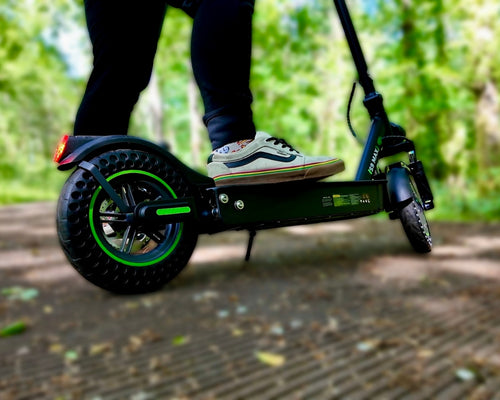

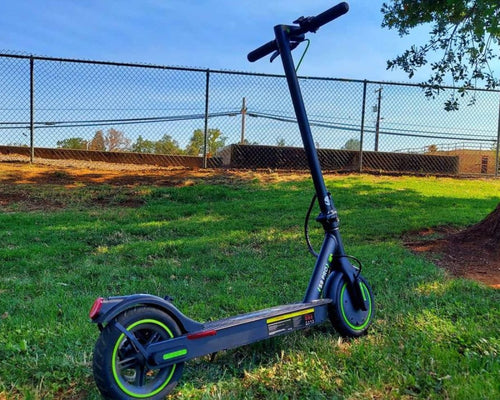





Leave a comment